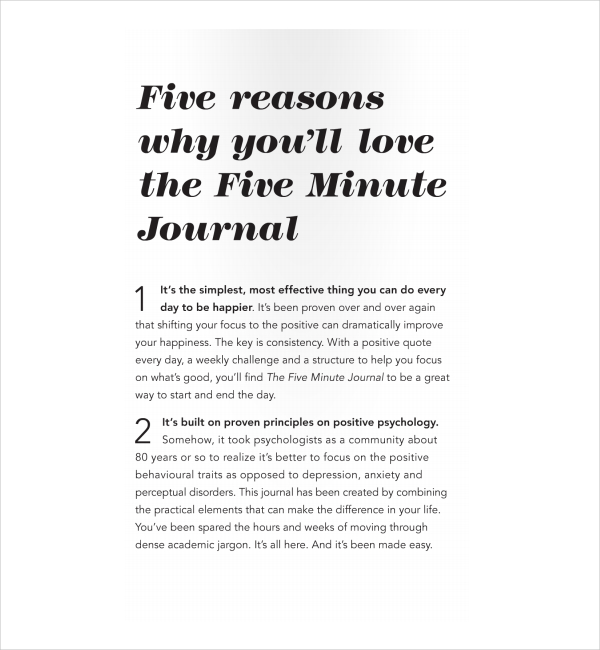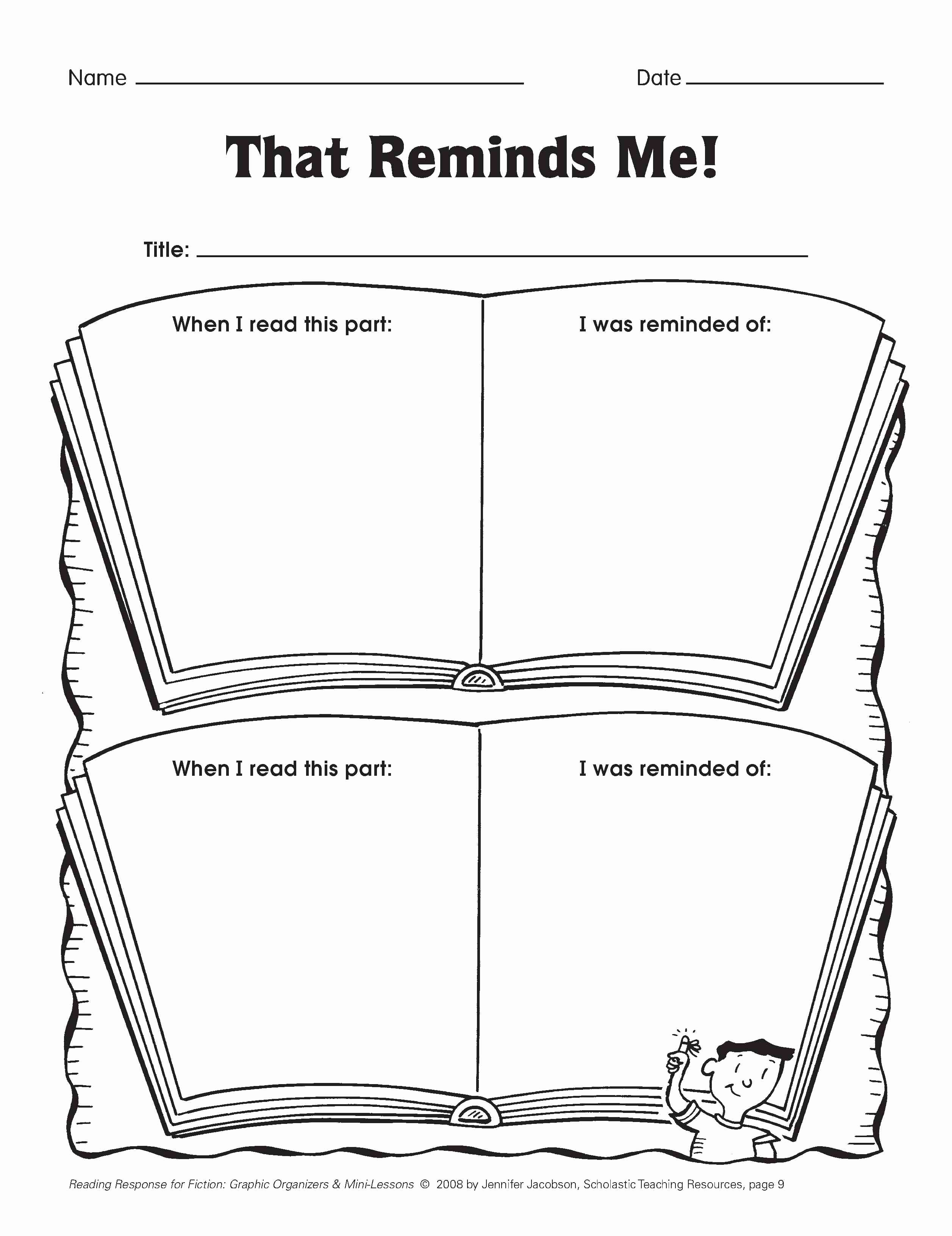


( March 2023) ( Learn how and when to remove this template message) Please help improve it by replacing them with more appropriate citations to reliable, independent, third-party sources. This section may rely excessively on sources too closely associated with the subject, potentially preventing the article from being verifiable and neutral. The proposal has four key elements: reorganization of mobility, (re)naturalization of the city, de-commodification of housing, and de-growth. Ī manifesto published in Barcelona in April 2020 proposed radical change in the organization of cities in the wake of COVID-19, and was signed by 160 academics and 300 architects. Their report highlights the importance of inclusive community engagement through mechanisms like participatory budgeting and adjusting city plans and infrastructure to encourage dense, complete, overall communities. In July 2020, the C40 Cities Climate Leadership Group published a framework for cities to "build back better" using the 15-minute concept, referring specifically to plans implemented in Milan, Madrid, Edinburgh, and Seattle after COVID-19 outbreaks. The ongoing climate crisis and global COVID-19 pandemic have prompted a heightened focus on the 15-minute city concept.

As an inspiration for the 15-minute city, Carlos Moreno, an advisor to Anne Hidalgo, cited Jane Jacobs's model presented in The Death and Life of Great American Cities.

The 15-minute city concept is derived from historical ideas about proximity and walkability, such as Clarence Perry's controversial neighborhood unit. History The 15-minute city was influenced by cities such as Paris, in which a range of amenities tend to be within walking distance In early 2023, conspiracy theories emerged that described 15-minute cities as instruments of government repression. Since then, a number of cities worldwide have adopted the same goal and many researchers have used the 15-minute model as a spatial analysis tool to evaluate accessibility levels within the urban fabric. The concept gained significant traction in recent years after Paris mayor Anne Hidalgo included a plan to implement the 15-minute city concept during her 2020 re-election campaign.
Five minute journal sample page series#
Numerous models have been proposed about how the concept can be implemented, such as 15-minute cities being built from a series of smaller 5-minute neighborhoods, also known as complete communities or walkable neighborhoods. In recent times, it builds upon similar pedestrian-centered principles found in New Urbanism, transit-oriented development, and other proposals that promote walkability, mixed-use developments, and compact, livable communities. The concept's roots can be traced to pre-modern urban planning traditions where walkability and community living were the primary focus before the advent of street networks and automobiles. The concept has been described as a "return to a local way of life". This change in lifestyle may include remote working which reduces daily commuting and is supported by the recent widespread availability of information and communications technology (ICT). Implementing the 15-minute city concept requires a multi-disciplinary approach, involving transportation planning, urban design, and policymaking, to create well-designed public spaces, pedestrian-friendly streets, and mixed-use development. The concept of 15-minute cities gained traction after being advocated by Parisian mayor Anne Hidalgo. People walking and cycling in Paris, France. This approach aims to reduce car dependency, promote healthy and sustainable living, and improve wellbeing and quality of life for city dwellers. The 15-minute city ( FMC or 15mC) is an urban planning concept in which most daily necessities and services, such as work, shopping, education, healthcare, and leisure can be easily reached by a 15-minute walk or bike ride from any point in the city.


 0 kommentar(er)
0 kommentar(er)
